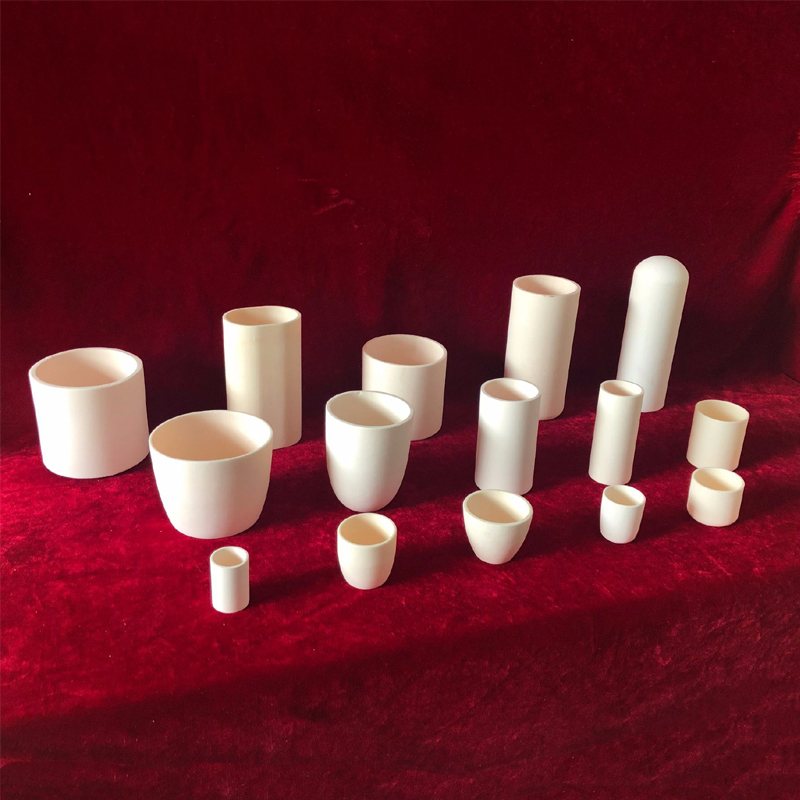With the development of science, the functions of ceramic crucibles are highly diversified.
1. High-temperature melting: The most classic use of ceramic crucibles is to melt and refine various materials at high temperatures.
Metal smelting: Common metals such as copper and iron, as well as precious metals like gold, silver, and platinum, can all be smelted in crucibles.
Glass and Alloys: Ceramic crucibles, which are resistant to sudden temperature changes and have excellent chemical stability, are highly suitable for the high-temperature processing of glass raw materials and special alloys.
It does not chemically react with the melt at high temperatures, thus preventing impurity contamination of the material. Especially in the smelting of precious metals, ceramic crucibles are almost the container of choice.
2. Chemical Experiments: In laboratories, ceramic crucibles are almost essential instruments.
Ashing and Ignition: It is used to completely oxidize samples at high temperatures and determine the content of organic matter or ash in them.
Substance Analysis: It is commonly used in basic chemistry experiments such as elemental analysis and gravimetric analysis.
It is resistant to high temperatures, not easy to deform, heats evenly, and is convenient to clean, allowing for repeated use multiple times.
3. Material Preparation: It serves as a reaction vessel in the preparation of new materials.
Inorganic Material Synthesis: It conducts solid-state reactions at high temperatures, such as the sintering of ceramic powders.
Calcination of Catalyst Supports: Researchers often use crucibles to complete the calcination and phase transformation of powder materials.
Atmosphere Resistance: When used in a protective atmosphere such as nitrogen or argon, it can still maintain structural and performance stability.
4. Precious Metal Extraction and Recovery: Ceramic crucibles hold a particularly important position in the precious metal industry.
Purification: A high-purity environment is required for gold, silver, and platinum-group metals during the smelting and separation processes, and ceramic crucibles hardly introduce impurities.
Recovery: When recovering precious metals from waste materials, crucibles ensure high metal yield and good purity.
Typical Applications: Jewelry processing, metallurgical enterprises, and precious metal laboratories in scientific research institutions.
5. New Material R&D: With the development of science and technology, the applications of ceramic crucibles have long gone beyond traditional melting.
Electronic Ceramics: It is used to prepare high-performance electronic component materials, such as capacitor ceramic powders.
Semiconductor Industry: It is applied in high-purity material synthesis, crystal growth, and sintering in special atmospheres.
New Energy Field: Ceramic crucibles are also indispensable in the sintering and R&D of lithium battery cathode materials and fuel cell ceramic electrolytes.
······


